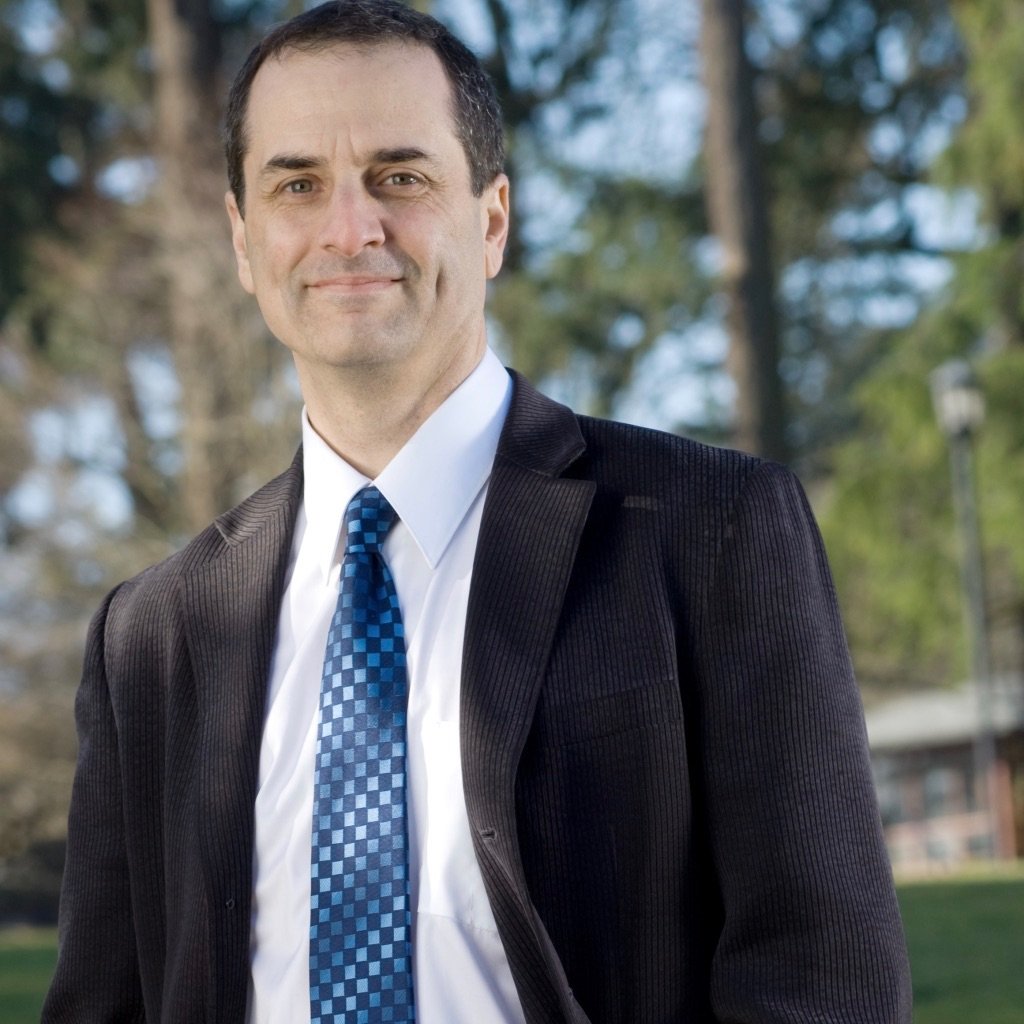How Much Would Trump 2.0 Heat Up the Planet?

One of the perks of teaching Masters students is the interesting questions they pose. Here’s one: How much would a Trump presidency, if successful, actually increase global temperatures?
My answer: About 1/20 of a degree Fahrenheit.
Is that a little, or a lot? At first glance, It might seem small. But this is an addition to a much larger increase in the planet’s temperature well underway, now at 2.7 degrees F and rising every year. A successful Trump 2.0 presidency would add a further 2% on top of this. It’s as if there was another monster hurricane bearing down on Houston, and the Hurricane said, can we bump up the sea surface temperature a notch, so I can get even more power? You don’t mind, do you? Then ask the question for every mega storm, mega fire and mega drought worldwide, for the next century.
It is a profound reality that our US election has this much consequence, to dial up or down the temperature of the entire planet. And to understand further, that people will be dealing with the consequences of this election –a hotter or cooler planet– for a thousand years to come.*
Predicting the Future
How did I get this number? The key assumption is that Trump has a “successful” presidency in terms of rolling back climate regulations and promoting fossil fuels. And conversely, under the baseline, a Democratic administration would also be “successful” in continuing to reduce US global warming pollution.
What would success look like for Trump?
- Rolling back all existing and proposed EPA climate regulations.
- Eliminating California’s regulatory authority over air pollutants.
- Cutting most of the Inflation Reduction Act incentives for clean energy.
- Stalling out the US drive towards electric vehicles.
- Ensuring that most new electricity generation comes from natural gas.
- Building out the US LNG export industry.
- Incentivizing increased electricity production from US coal plants.
And of course, success means a second term for Trump policies, although not Trump himself. Under these assumptions, it is plausible that US emissions rise steadily back to 2010 levels (7 billion metric tons) in 2032.
The counterfactual is a successful two-term Democratic administration that continues to make progress on climate change, with the US achieving the Paris goals of reducing global warming pollution down to 4 billion metric tons (from six today) by the end of the second term, 2032.
These two assumptions open up a gap that rises to three billion tons a year in 2032. How long does that gap last? I assumed that the gap begins closing in 2032 on a linear basis over a thirty-year period — more or less the life of the additional fossil fuel infrastructure the Trump 2.0 policies would support being built and activated to produce the gap.
A Little Math
From here it is straightforward to create a spreadsheet model showing that by 2062, the cumulative additional emissions in the atmosphere from successful Trump 2.0 policies are 49 billion tons. This is more than the annual emissions today from the entire world—which illustrates why it is a big enough number to move the needle on global temperatures.
It is the cumulative impact of additional emissions that matter. CO2 is a long-lived heat trapping gas, each additional molecule heating the planet for more than 100 years. And that is why policies that promote either long-lived fossil fuel or renewable energy infrastructure over an eight year period matter so much. Such policies lock in an emissions trajectory, and in the fossil fuel case, an increasingly thick blanket of heat trapping gas, for thirty or forty years.
To get from the Trump 2.0 extra emissions to the Trump 2.0 temperature increase, we know that every billion tons emitted increases the heat-trapping CO2 blanket surrounding the earth by about .128 parts per million. And finally we know also that every ppm increase in the thickness of the blanket leads to about a .01 degree C increase in temperature. Do the multiplication, and you get the one-twentieth of a degree F prediction.
Testing the Assumptions
How robust is my assumption of a 3 billion metric ton gap? A group of analysts looked at the impact of a one-term Trump administration, considering only the EPA rollbacks, and cuts to the IRA. They estimated a 1 billion metric ton gap by 2030. But the study “does not include any additional post-2025 climate policies that could be adopted by a second Biden administration. Nor does it include the potential impact of pro-fossil fuel policies that could be introduced by a second Trump administration. Finally, it also does not include additional subnational climate policies that could be introduced, nor does it consider the risk that current or future state action could be hit by federal or legal challenge.” Nor does the study consider a third term of Trump policies, from 2028-2032.
Beyond domestic increases in emissions, another Trump 2.0 factor would be the collapse of US leadership on the international stage. Without the US at the table, other major emitters like India and China would likely reduce their own efforts to cut global warming pollution.
Given these limitations, it seems reasonable to assume another billion tons of emissions from successful “drill baby drill” policies under Trump 2.0, and another billion in cuts towards the Paris goal under two more successful Democratic administrations. This gives us the 3 billion tons of excess Trump 2.0 emissions in 2032.
Finally, the model is agnostic about what happens to absolute levels of emissions post 2032. The only assumption is that the 3 billion metric ton gap between the Trump 2.0 and the baseline emission scenarios shrinks to zero over 30 years.
A twentieth of a degree F of warming is a solid number. It may be a bit too high or - especially considering the international impact of a loss of US climate leadership - it may be much too low. But it is directionally correct for the impact of a successful Trump 2.0 presidency on the temperature of the planet. The Trump 2.0 experiment will begin (or not) post November 2024, and the consequences will be felt by hundreds of human generations to follow.
----




